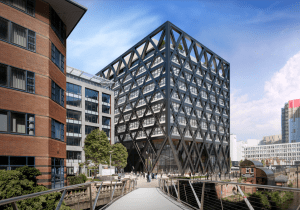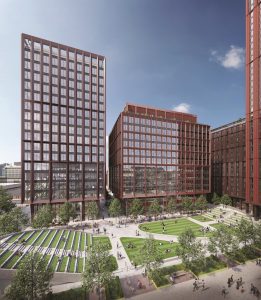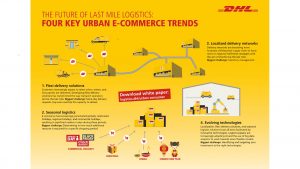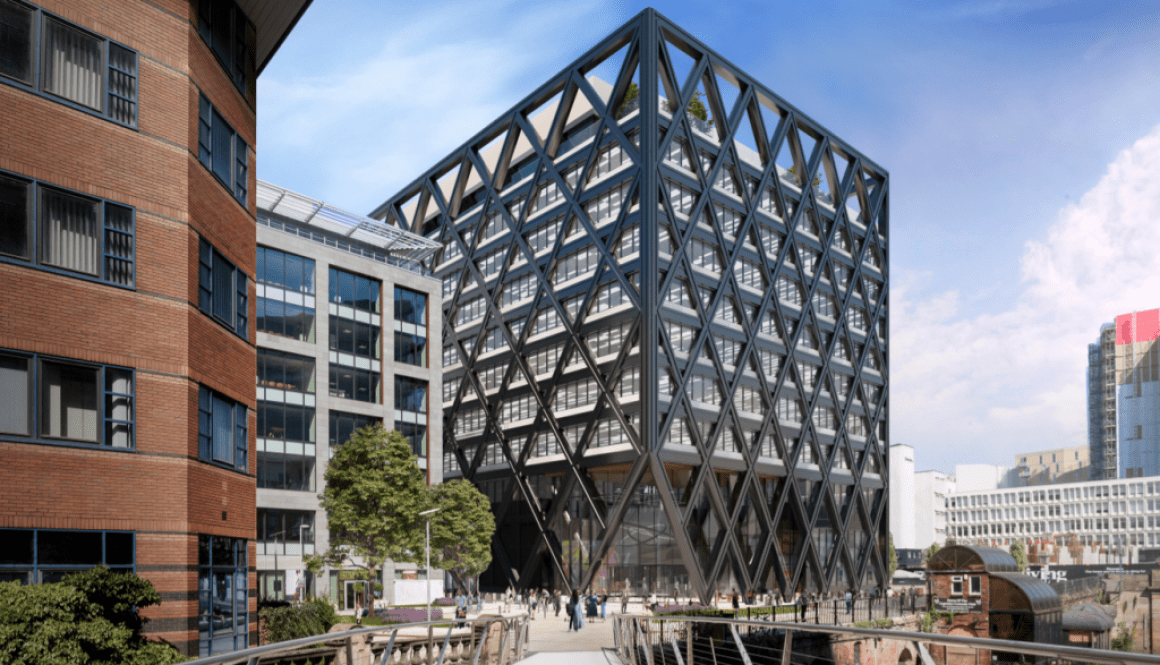2020 – A YEAR TO BUILD UPON.
Wildbrook Commercial Real Estate was born in March 2018. Since then, the UK has changed Prime Minister and left the European Union.
This would have been enough, with an impending Brexit finale in 2020. However, along came a global pandemic of the Coronavirus disease (COVID-19). We all know where this went and what it has led to.
As a single surveyor practice, this was deeply concerning at the outset and it was difficult to forecast ahead. What was important was to engage with clients and ascertain what their strategy was going to be, and if commercial real estate investment was going to continue during the lockdown period. Some clients were onboard whereas some were more, understandably, hesitant.
Hard work, but mainly persistence, helped Wildbrook to have a strong yet humbling 2020.
Carpe Diem with Caution.
Investment transaction volumes were down in 2020. This was not surprising – however, it is also not by a significant amount.
The total value of transactions in the North West in 2020 was £1.633bn, across 281 transactions, providing a weighted average yield of 6.46%. Compared to 2019, the transaction total was £1.9bn with a weighted average yield of 6,45%. Therefore, the 2020 performance was down by just 14% in terms of total value of transactions in the North West market.
The 2020 transactions are broken down in sectors as follows:
- Industrial – £654m / 6.28% average yield.
- Offices – £427m / 5.90% average yield.
- Retail – £248m / 7.85% average yield.
- Leisure – £42.7m / 5.99% average yield.
- Alternative – £282m / 5.81% average yield.
- Mixed Use – £22.3m / 5.40% average yield.
The best performing sector was industrial and was also ahead of the 2019 figures (£501m / 6.17%). Offices, despite the ‘death of the office‘ is ahead of 2019 figures (£418m / 7.41%).

Retail has not surprised anybody, with a significant drop from £651m / 6.88% in 2019, to £248m / 7.85% in 2020. The biggest loss was is leisure. Given the lockdown restrictions this has not at all been surprising. Leisure totalled £361m / 5.81% in 2019, compared to just £42.7m / 5.99% in 2020.
Aside from retail and leisure, the industrial and office sectors have performed well and should continue to do so during 2021. Logistics and industrial record leasing activity will continue to compress yields in prime locations, and the return of office workers to the office in 2021 will highlight the strong fundamental attributes of the office as a commercial real estate asset class.
Be Office Smart.
There were so many articles during lockdown regarding the office sector. ‘The end of the office? Coronavirus may change work forever’ was an article in the FT, wrote back in April 2020 during the midst of the pandemic.
Like many articles, all went to-and-fro not actually stating what they really think will happen. I’ll therefore get off the fence and make my suggestion.
- Offices will continue to be occupied as places to work, and will continue to be acquired by investors – bold prediction!

The UK average office lease length in 1997 was 8 years (96 months). Average lease lengths for offices in the UK have fallen to 27.4 months in June 2020, compared to 45.2 months in June 2019. This is a negative, albeit it reflects modern cultures of flexibility and convenience. Office rents have however, increased significantly since 1997 and will continue to do so whilst leases become shorter, therefore, more of a premium will be payable for a ‘short term’ lease for office space of a ‘plug and play’ specification.
What will be seen from 2021 onwards is a shift in the working day or week, but not necessarily a shift from working – or working in offices. Employers know the power of collaborative working and the benefits that this brings.
Since the roll out of the vaccine across the UK on the 8th December 2020, there has been in excess of £900m worth of office investment transactions completed.
A lot of the office investment focus has been in London, with Allianze Real Estate unit taking a majority 75% stake in a portfolio of buildings owned by British Land in London’s virus-roiled West End district, for £401m.
K&K Property Holdings (Hong Kong) also acquired Endeavour House at 189 Shaftesbury Avenue, London for £115m, at a 4.80% net initial yield.
It is the latest sign of global investors willing to bet on the long-term resilience of the world’s biggest business districts. Investors are seeking out buildings with long leases, lured by returns that dwarf those available from other safe haven assets, including government bonds.
There needs to be a recovery process for offices nationally, but recent investment in the office sector does show an underlying confidence.
It is likely that some office occupiers will look to reduce their requirement footprint in the short term, whether this is in prime locations or in ‘hub and spoke’ satellite locations. This could be a result of fewer employees at a business, more remote working reducing desk number criteria or businesses budgeting downwards due to loss of turnover and profit. This will assist older buildings with smaller floor plates.
Cities such as Manchester are still seeing larger floor plates being taken at new build assets, through the commitment from global occupiers such as Hilti, Tech Mahindra and BT.

Offices are for people, and people like people. The property sector in particular is a social career and the office has to continue in some form. Even where there may be uncertainty in the market, if investors can take a long-term view, then the trends show that they should be rewarded. With the sale of Helical’s Powerhouse Portfolio and 4 New Bailey, Manchester City Centre enjoyed some good success in Q4 2020 – surely with investors taking a view that offices will be fine.
Sheds – 1,2,3.
It is no coincidence that when typing in to search for ‘manufacturing’, ‘logistics’ and ‘industrial’ images, that a large number of photos show a picture with a technology emphasis.
The industrial sector has evolved, from the real estate itself and through the occupier chain.

When I was an industrial agent during 2007 to 2015, in the early days we were instructed on behalf of Industrious (now Logicor, and previously Erinaceous) on their North West portfolio. At this time period, sheds were not in vogue. We introduced a ‘1,2,3‘ deal whereby terms were offered on a 3 year lease for £1.00 per sq ft in year 1, £2.00 per sq ft in year 2 and £3.00 per sq ft in year 3. Tenants still wanted rent free on top!
Now, in 2020, industrial rents in the North West are in double digits for SME size assets, and are at £6.95 per sq ft for prime assets in excess of 50,000 sq ft. Yields have also compressed, with some evidence as low as 3.87% in the North West – achieved in 2020.
3D printing, autonomous vehicles, cloud logistics, drones, robotics and automation – from 2007 the industrial sector has really excelled. The diverse tenant base still remains however, and following Brexit we may see more manufacturing processes near shoring. The old ‘metal bashers’ and ‘widget manufacturers’ still have a role to play and such tenant operations have seen good sale and leaseback sales where high tenant fit-out is apparent and tenants are well embedded to a particular asset and location.
Due to the rising land values (in excess of £1m per acre for some North West sites) and build costs per sq ft, there has been a shift in the past 10 years from building multi-let SME industrial assets, to building big boxes in excess of 100,000 sq ft due to the efficiencies to build big through economies of scale. There has been a lack of new supply therefore for the SME occupier market.
The occupier trend and rise of e-commerce has also led to more ‘big boxes’ being developed for logistics occupiers and the likes of Amazon becoming a familiar leasehold name with ‘last mile logistics’ depots spreading across the UK.
This has led to a number of investors acquiring retail warehousing assets, where they hold potential for conversion to logistics/industrial.
Retail park locations and formats are well suited to aid this process. By their very nature, they offer locations close to the customer, with the added benefit of good surrounding infrastructure.

Retail parks in or near to large urban areas tick most of the boxes for ‘last mile’ logistics, but they face significant competition from other uses. In recent years warehouse growth has gone hand in hand with growth in e-commerce and the diverse range of logistics responses required to support it.
Industrial and Logistics will continue to be resilient during 2021. With the current supply and demand imbalance, and the constant changing technologies within the sector, the demand from investors will continue in the medium and longer term. Value will lie in the refurbishment angles of secondary stock, albeit due to residential re-development to many sites this will be limited in prime locations.
2021 Outlook
We expect a more positive year in 2021, in particular in H2 2021.
A vaccine is being rolled out and whilst daily coronavirus cases are increasing, this will reduce over the next few days, weeks and months as more and more people receive the vaccine. Confidence is increasing and after 2020 it is fair to suggest that a lot of people are frustrated by the situation and very keen to get back fully in to the working routine.
There is not the pressure from banks on borrowers on a wider scale and therefore distress is not yet seen in the market. It is not to suggest that this will not come at some point, but right now there continues to be a general supply and demand imbalance for commercial and residential real estate. Whilst there continues to be an imbalance, investors will continue to seek long income secure assets across industrial and logistics and alternatives such as medical and healthcare. data centres, income strips etc. Value investors can seek slight value in offices where uncomfortable landlords may wish to sell assets due to the short term uncertainty surrounding the sector. Long term view investors can do well from office acquisitions, particularly where some re-positioning, re-branding and asset management initiatives can be undertaken to extract even more value.
Non-essential retail and leisure suffered badly in 2020 during the pandemic, however, leisure in particular will improve in correlation with workers returning back to the office / workplace. Out of town leisure will improve quickly, with a pent-up demand from foodies itching to get away from home cooked meals – I was probably on the cusp of a Nando’s black card pre-Covid19! Retail will continue to find the new way, and secondary and tertiary towns will move slower than primary towns and cities. Shopping centres will play a huge role in the viability for revitalisation of town centres. In Wigan for example, the Council acquired The Galleries shopping centre and have a masterplan to reduce the retail footprint and replace with residential and complementary mixed uses. This in turn will provide a larger immediate catchment for existing retailers elsewhere in the town centre, for them to benefit from in the longer term. Other local authorities should be following this example, particularly where there is an oversupply of retailing provision in town centres.

There may be a shift change in new leases for retailers, with a mutual agreement to be met between operator tenant and landlords in order to create more realistic rents going forward, and going beyond just a rebased rent. Some retailers are battered from the constant headwinds forced by lockdown but mainly from the continual rise in e-commerce, and this need to be addressed and set as a priority by associated steering groups and the government, particularly if Boris Johnson wants to win again in 2024. We need to keep a Nation of Shopkeepers spirit, to keep the high street alive.
We expect to have a good 2021 and look forward to meeting with clients and fellow professionals very soon.
Stay safe and stay positive.

